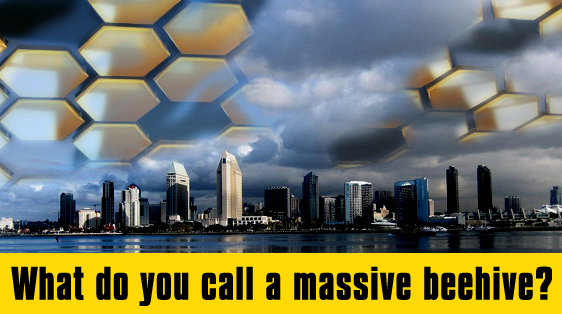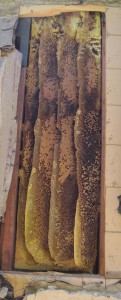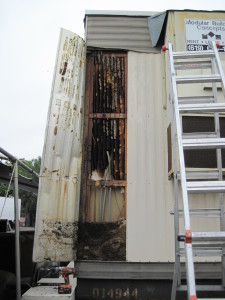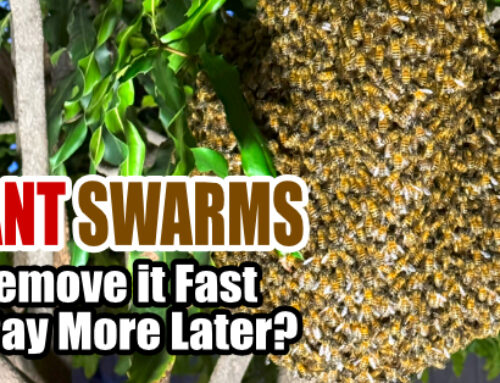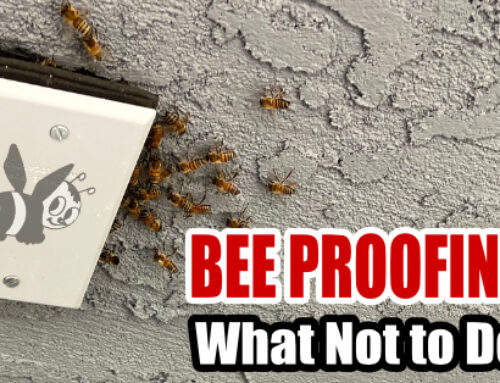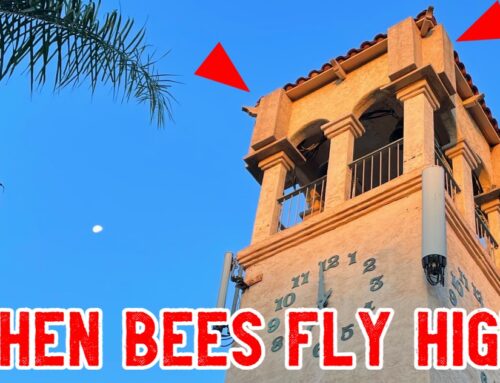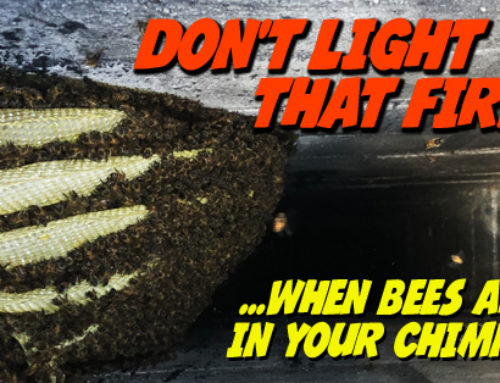Every once in a while the technicians here at Bee Best Bee Removal will notice that we are getting a lot of bee removal calls from a pocket area of a neighborhood. We’ll go out one day to a specific street, only to get a call the next day at a house around the corner. Often when we are in these neighborhoods, someone will approach one of our technicians and ask that they come take a look at the problem at their house a few doors down.
So why are some streets or neighborhoods riddled with bee problems all at once?
We blame it on the “Motherhive“.
So what is a “Motherhive”? First, I should let you know that we are not talking about the short story by Rudyard Kipling. That’s a whole other ball of wax….pun intended! The Motherhive is a term we have use to describe the phenomenon of when a large hive goes unnoticed for years. We took the concept of “The Mothership” which Google defines as:
“a large spacecraft or ship from which smaller craft are launched or maintained.” and
“a place regarded as a base, source, or headquarters.”
So for us, the Motherhive is the hive in the neighborhood that is very large hive that has usually gone unnoticed for years. The Motherhive is so large that it is producing a ton of swarms that lead to hives becoming established all over a particular neighborhood or street. An average hive might produce 4 or 5 swarms in a season and those swarms may eventually become hives. The Motherhive can produce 8-15 swarms in the same amount of time!
A couple of years ago one of our technicians came across a Motherhive. It was massive. It was in the wall of an abandoned commercial property in Lakeside, just down the street from the Lakeside Rodeo. The hive had gone unnoticed for years because the company that managed the property was located out of state.
Imagine if you will, a hive that extends from the ceiling all the way down to the floorboard. It was eight feet long and 16 inches wide. That Motherhive had been spitting out swarms all over the neighborhood.
So what can you do if you think there is a Motherhive affecting your neighborhood?
Here are a few tips.
1. Talk to your neighbors. Ask them if they’ve noticed bees or if they have bees on their property. Get them to walk their property and look for hives that may be located in areas that may not be visited regularly.
2. Look for abandoned homes or vacant commercial properties in your area. Contact the property management or owners if you notice bees on the property. Motherhives are often located inside the walls or roofs of unoccupied properties.
3. If the bees are on city or county property or you are unable to locate the owner, call the County of San Diego.
The sooner you locate the Motherhive in your neighborhood the better. Check out this clip of a woman who struggled for years with a hive inside the structure of her home. The news team documents the removal of a massive Motherhive.
Has your street or neighborhood been flooded with bees all of a sudden? Do you know someone who has a Motherhive on their property? Share your story here.

